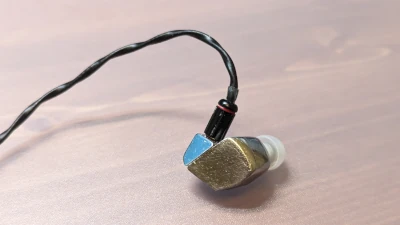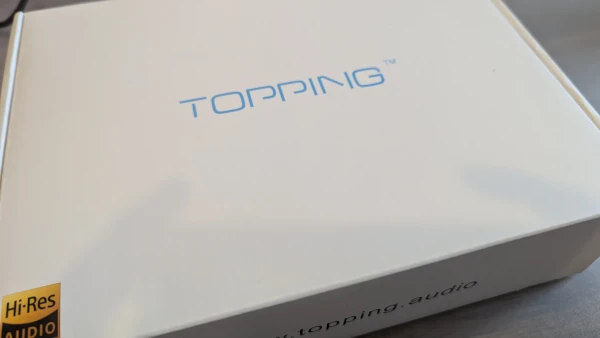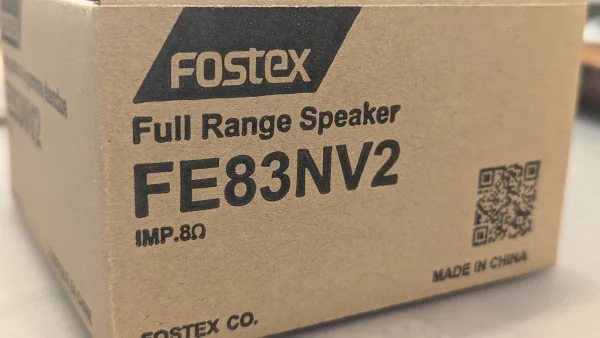First Impression Review of Focal Utopia NP
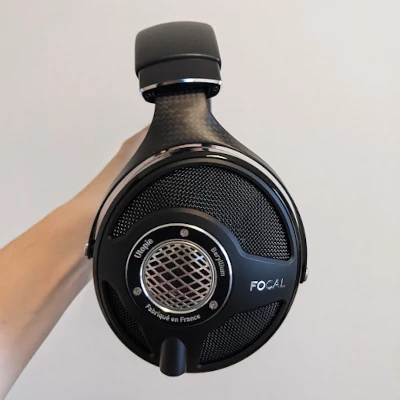
I purchased Focal's Utopia NP and will write my first impressions.
Reasons for Purchase
This is a bit long, so if you're confident in your choice compared to other models, feel free to skip. Here's a bullet-point summary of the reasons for purchase:
- I want headphones with a pure beryllium diaphragm
- I want to expand my open-back collection
- I want a certain amount of bass quantity
- Good compatibility with Woo Audio WA33
Focal has a long-standing commitment to driver units, and Utopia is characterized by its use of a pure beryllium diaphragm. I already own Final's A8000, which also uses a pure beryllium diaphragm. From my experience with pure beryllium diaphragms, I was attracted to the sound's transparency and lift.
On the other hand, processing and handling beryllium is difficult, so headphones with pure beryllium diaphragms are limited. While the sound isn't determined solely by the pure beryllium diaphragm, I included it as one of the filters while considering other models.
For expanding open-back and adding bass quantity, I considered models like D8000, ATH-ADX5000, and HD8XX. None of them use pure beryllium, but they are attractive options. My current collection includes D9200, T1 2nd, K702, and ATH-AD2000, which don't have much bass, and in the high-end range, I don't have any open-back models, so I added this filter for differentiation. I excluded HD8XX due to concerns about bass. ATH-ADX5000 is lightweight and easy to use, but I excluded it for bass and sound quality reasons. Final's D8000 has very satisfying bass, but due to compatibility issues with my gear, the mid-high range sounded cleaner on D9200, so I excluded it this time. Utopia is open-back with solid bass and clearly differentiates from D9200, so it remained an option. I also considered Stellia but prioritized open-back and excluded it.
As for compatibility with WA33, I haven't been able to test it in my current setup. However, there are rare individuals both domestically and internationally who own both WA33 and Utopia, and even though Utopia is said to have tricky amp compatibility, I found comments saying it's okay. There's a bit of risk, but if it doesn't work, I can always expand to other amps besides vacuum tubes, so I chose Utopia.
Unboxing
When you open Focal's cardboard box, a heavy black presentation box appears. It slides open from top to bottom, but due to its weight, it might slide out accidentally, so carefully remove it to avoid dropping.
Inside, you'll find a carrying case and a box with cables. The Utopia main unit is inside the carrying case, along with a 3.5mm (with standard adapter screw) to LEMO connector (1.2m).
The cable box contains an XLR (4Pin) to LEMO connector (3.0m) and a 3.5mm to standard adapter plug, plus a leather case with the user manual and other items.
The LEMO connector on the main unit has L/R markings, so attach the connectors to match Utopia's left and right channels, connect to the amp, and start listening.
First Impressions
Connection Status of Equipment
As of writing this article, about 7 hours have passed since I started playing sound. This is a review based on first impressions, as burn-in is not yet complete. The environment is as follows:
- IsoTek EVO3 Nova
- ifi Audio nano iGalvanic3.0
- Audio Design DCA-5V mod (*)
- * Power capacitors replaced with FW, KW, and PSC
- Woo Audio WA33
- MYTEK Digital Manhattan DAC II
- Focal Utopia NP
The connection status of each device is as follows.
Listening Tracks
I used the following 200 tracks for listening.
I briefly noted the playlist statistics in the notebook at the URL below. There may be biases in gender or genre. If you have recommendations for tracks available on Apple Music, please comment.
https://gitlab.com/rmc8/utopiaTest/-/blob/main/utopia_test.ipynb
Review
What immediately surprised me upon first listen was the quantity and quality of the bass. It's an open-back model, but far from being thin; it has a substantial quantity that solidly supports the entire track. The bass is somewhat soft. It's more about resonating than aggressively playing, so if you want hard, fast bass, it might depend on preference. However, the hardness and softness of the sound are well-expressed, and it feels balanced across all frequency bands, quantity, and texture.
The mid-range is also soft and smooth. Female vocals are particularly in focus, lifting and resonating elegantly. In relative terms, male vocals have a somewhat higher waist and smoothness, but there may be instances where lower voices are slightly lacking. It's not completely absent, but compared to the finish of female vocals, you might feel a slight discrepancy. Additionally, crisp or dry sounds come across more smoothly, so some tracks might feel insufficient.
The highs are not flashy or harsh, but they separate well without being buried in the bass, with good extension and decay. There's no exaggerated edge, and they play solidly while blending into the overall sound. They hold their own against the mid-low range in terms of information density, with no sense of congestion, cloudiness, or discomfort. It's not immediately obvious in terms of flashy features, but I have a feeling the appeal will grow like dried squid.
Other aspects include good sound separation, with overall smoothness and balance making everything blend well. Imaging is natural without forcing, and the rhythm section has good flow, making it pleasant to listen to. However, the bass speed might require attention depending on preference. The soundstage is wide enough compared to HD8XX, and it's not just expansive; there's a sense of evenly distributed density and energy within the expanded range. If the recording quality is poor, roughness or gaps become noticeable, but with good sources and setups, this evenness could be a major strength.
Compatibility with WA33
Taking D9200 as an example, the standard WA33 has noticeable gang error, so I have to lower the output level on the amp and DAC sides to barely balance the left and right volumes. In that state, it's a bit hard to use, but with Utopia, there's more volume range, making it easier. It's a fairly powerful amp, but it doesn't overdrive and cause the bass to contract; the sound output is natural. It matches Focal's mid-range character, and the highs don't have any harshness, so at least it's not a bad match. On the other hand, I still feel like there's room for more performance.
A slight digression, but I'm also curious about the WA33 Elite Edition. Just replacing the volume with ALPS RK50 seems effective, and I quietly realized Utopia's nature of changing sound based on the system setup.
Pros and Cons
Pros
- High basic performance in resolution and sound separation
- No compromises even in aspects not listed in specs (sound design and fit are both good)
- Elegant lift and extension of female vocals
- Affinity with vacuum tube amps
- Bass quantity
- Overall sound balance
Cons
- Male vocals have a somewhat high waist
- Tricky compatibility with gear
- Expensive, and compatibility is a factor
- Bass texture and speed
- More like speakers than headphones
- Unclear if improved, but drivers are prone to failure
- Repair costs are said to be around 100,000 yen, which is significant for a high-end model
- High price, but not a all-rounder that handles everything
- On the other hand, it's easy to use alongside other headphones
Summary
It's expensive and factors like gear compatibility and personal preference are likely to come into play, but personally, it's a model I like, and I'm looking forward to burn-in and environment adjustments. Compared to right after unboxing, the mid-range roughness has smoothed out, and I enjoy listening while nurturing it with my setup. Once the Utopia and environment are fully set up, I'll summarize a more detailed review.
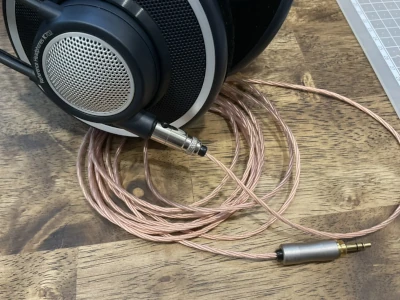
![[Review] I bought the Sony WH-1000XM6](https://b.rmc-8.com/img/2025/05/31/86387faf6089cb5d5732fa3a8e5d211c.jpg)

